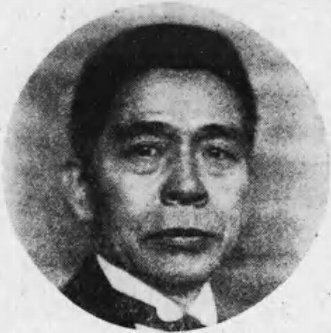Name Sahachiro Hata Role Medical Doctor | Known for Arsphenamine | |
 | ||
Sahachirō Hata (秦 佐八郎, Hata Sahachirō, March 23, 1873 – November 22, 1938) was a prominent Japanese bacteriologist who assisted in developing the Arsphenamine drug in 1909 in the laboratory of Paul Ehrlich.

He was nominated for the Nobel Prize in Chemistry in 1911 and for the Nobel Prize in Physiology or Medicine in 1912 and 1913.
Biography
Hata was born in Tsumo Village, Mino District, Shimane (now part of Masuda City), and completed his medical education in Kyoto. He studied epidemic diseases under the famous Dr. Kitasato Shibasaburō at Kitasato's Institute for the Study of Infectious Diseases in Tokyo, and later studied immunology at the Robert Koch Institute in Berlin.
While in Germany, Hata took the opportunity to learn about chemotherapy at the German National Institute for Experimental Therapeutics in Frankfurt, where he assisted Paul Ehrlich in the discovery of arsphenamine, which proved effective in curing syphilis. It was called Salvarsan 606 because it was the 606th drug that Ehrlich tried.
After his return to Japan, Hata helped found the Kitasato Institute (now Kitasato University), of which he became a director. He also lectured at Keio University.
